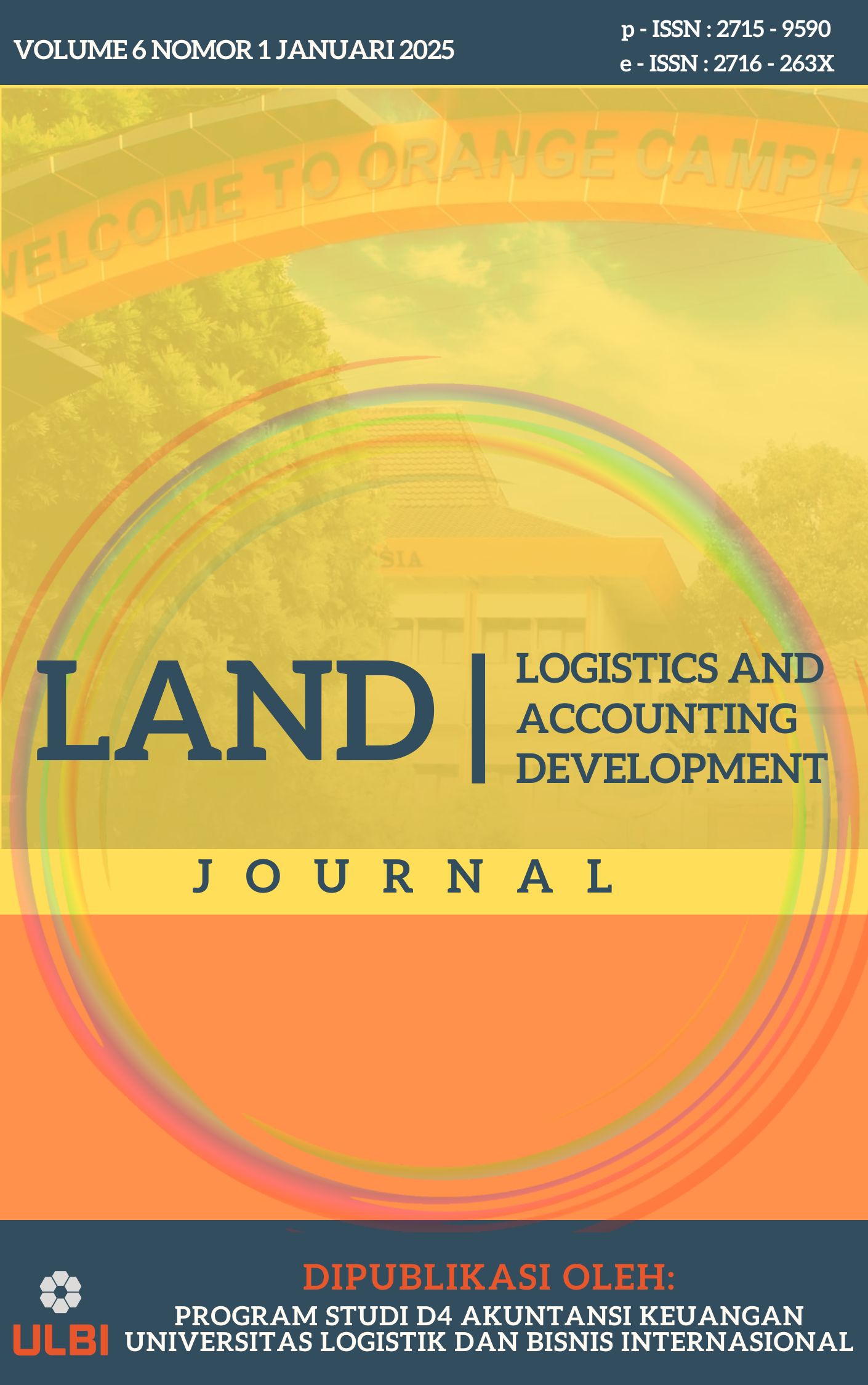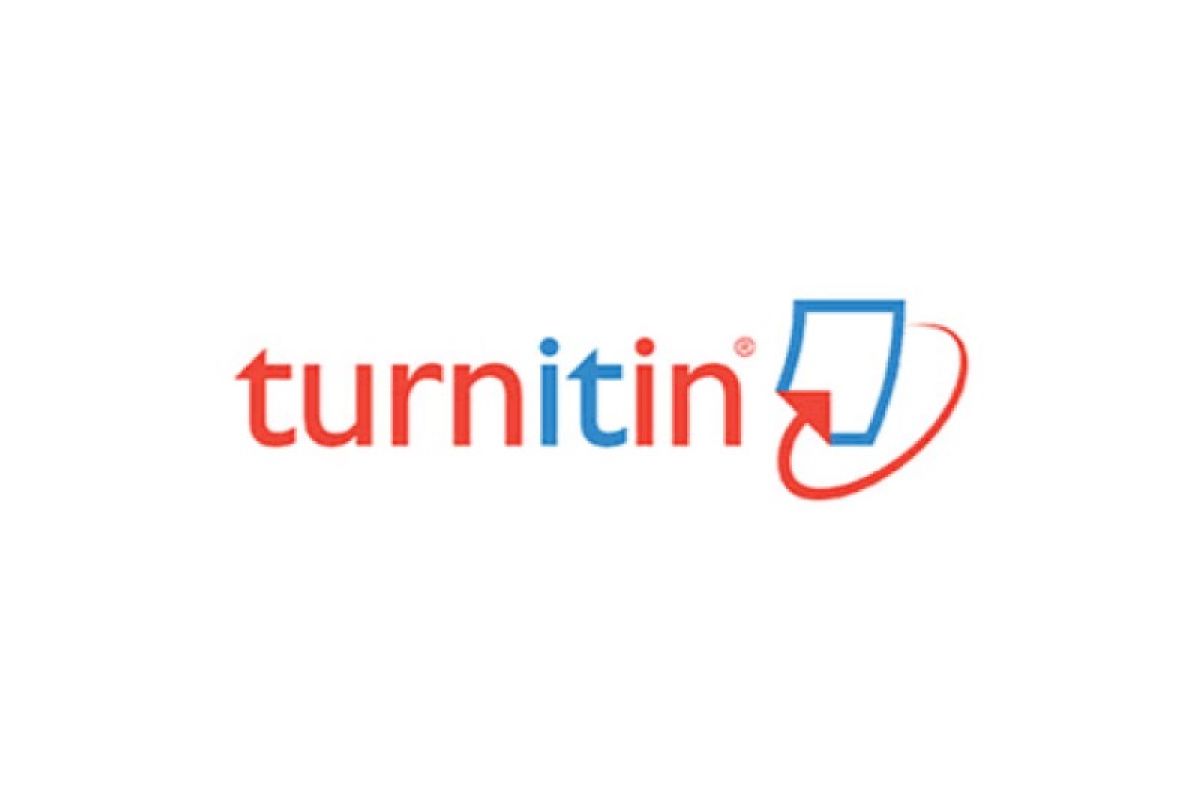PELAPORAN SPT MASA PPH 21 WAJIB PAJAK ORANG PRIBADI DENGAN MENGGUNAKAN E-BUPOT PADA KANTOR KONSULTAN PAJAK EXCELLENT EAGLESWAN: SKEMA PENGENAAN TARIF EFEKTIF RATA-RATA (TER)
DOI:
https://doi.org/10.47491/landjournal.v6i1.3728Keywords:
TaxPayers, Periodic Tax Return, Effective Tax Rate, PPh 21, e-BupotAbstract
The change in the calculation scheme & the deduction of PPh 21 rates for individual taxpayers and the change in reporting procedures for the periodic tax return electronically require taxpayers to adapt to these changes. The objective of this study is to assist taxpayers in understanding the effective tax rate and reporting procedures using e-Bupot so that taxpayers are not confused about the procedures that have been determined. This research uses a qualitative method by observing client salary data. Data regarding client salaries were obtained from observations conducted at the Excellent Eagleswan, Tax Consultant Office. In addition, we also conducted simulations using the online DJP website through e-Bupot. E-Bupot is used to make it easier for taxpayers to report Periodic Tax Return PPh 21 which is more effective and efficient than the use of e-SPT. This research is crucial because there is a new deduction system for PPh 21 and a new procedure for reporting periodic tax return, so taxpayers can find this information to facilitate them in the process.
References
Agun. W. A. N. U.. Datrini. L. K.. & Amlayasa. A. A. B. (2022). Kepatuhan Wajib Pajak dalam Memenuhi Kewajiban Peajakan Orang Pribadi. Jurnal Lingkungan & Pembangunan. 6(1). 23–31. https://ejournal.warmadewa.ac.id/index.php/wicaksana
Daeng. R. R.. & Mahmudi. (2022). Pengaruh Penggunaan E-Filing. E-Billing. E-SPT dan E-Bupot terhadap Kepatuhan Wajib Pajak. Proceeding of National Conference on Accounting & Finance. 4. 12–17. https://doi.org/10.20885/ncaf.vol4.art3
Dai. R. A.. Ilat. V.. & Mawikere. L. (2018). Analisis Perhitungan dan Pemotongan PPH Pasal 21 Pada Karyawan Tetap PT. Mega Jasakelola Manado. Jurnal Riset Akuntansi Going Concern. 13(4). 420–426.
Harahap. S. (2023). Kajian Komparatif Manajemen Pajak Penghasilan Pasal 21 berdasarkan Per 16/PJ/2016 Dan PP 58 Tahun 2023 tentang Tarif Pemotongan Pajak Penghasilan Pasal 21 atas Penghasilan Sehubungan dengan Pekerjaan. Jasa. atau Kegiatan Wajib Pajak Orang Pribadi. Esensi Jurnal Manajemen Bisnis. 26(3). 137–143.
Haryadi. D. S.. & Wibawa. E. S. (2021). Pengaruh Kepatuhan Pemahaman Terhadap Akuntansi Pajak dengan Kepatuhan Pelaporan Masa dan SPT Tahunan Badan di Kantor Pajak Semarang Timur. Jurnal Manajemen Sosial Ekonomi. 1(2). 48–56.
Heryanto. L. C.. & Wijaya. W. C. (2017). Analisis Perhitungan. Penyetoran. Pelaporan. dan Pencatatan Pajak Penghasilan Pasal 21 atas Pegawai Tetap pada PT X. Jurnal Bisnis Dan Akuntansi. 19(1a). 266–273. http://jurnaltsm.id/index.php/JBA
Mustika. C. (2012). Pajak Penghasilan di Indonesia (Peraturan. Perhitungan dan Upaya Peningkatan Potensi Penerimaan Pajak Penghasilan) dan Kaitannya dengan Investasi di Indonesia. Jurnal Manajemen Terapan Dan Keuangan. 1(3). 227–238.
Rahma. E. O.. Widjaja. P. H.. & Nataherwin. (2020). Analisis Kewajiban Peajakan PPH 21. PPH 23 Dan PPH 4 Ayat 2 pada PT TAC Tahun 2018. Jurnal Multiparadigma Akuntansi Tarumanagara. 2. 1258–1265.
Ronika. Z. C.. Hidayah. D. F.. Febriansyah. A.. Yunus. S. M.. Saifuljihad. I.. & Widiastuti. N. P. E. (2024). Perencanaan Pajak dengan Memanfaatkan PP No. 23 Tahun 2018 (Studi Kasus Pada PT X di Jawa Timur). Jurnal Akuntansi Dan Pajak. 24(2). 1–7. http://jurnal.stie-aas.ac.id/index.php/jap
Sari. E. P.. Gunawan. Y.. & Elvina. (2022). Pengaruh Kepercayaan kepada Pemerintah. Kebijakan Insentif dan Manfaat Pajak terhadap Kepatuhan Wajib Pajak. Jurnal Ilmiah MEA (Manajemen. Ekonomi. Dan Akuntansi). 6(3). 712–732.














